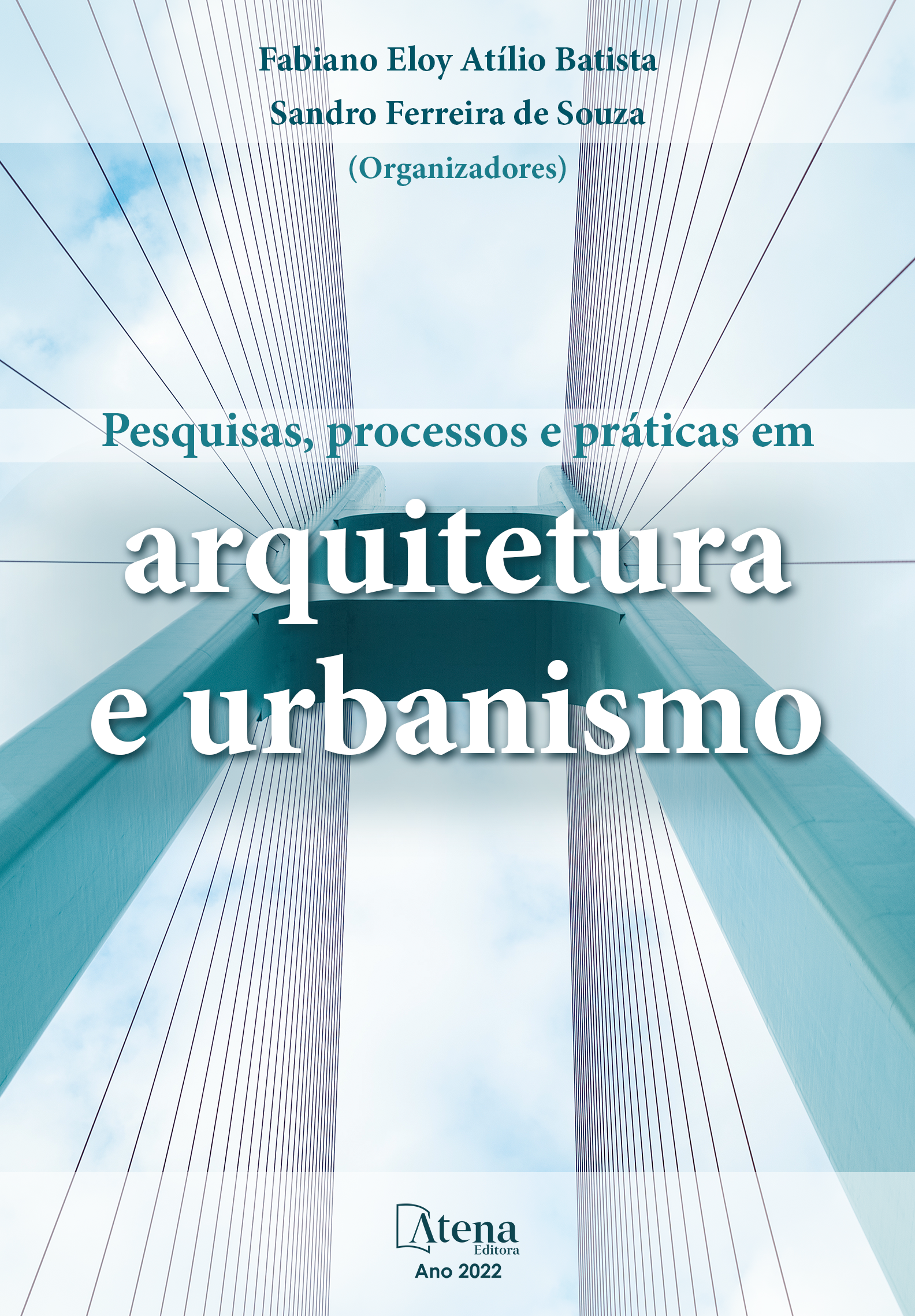
IMPACTO DO CONSUMO DE ENERGIA FRENTE ÀS MUDANÇAS CLIMÁTICAS EM DIFERENTES TIPOS DE COBERTURA
As mudanças climáticas são reconhecidas como um desafio-chave, à medida que pesquisas evidenciam um aumento progressivo da temperatura terrestre e investigar as consequências deste fenômeno tem ganhado importância mundial, principalmente na demanda energética das edificações. Assim, o objetivo deste trabalho é de analisar os efeitos do aquecimento global no consumo energético de uma Habitação de Interesse Social, com diferentes isolantes na cobertura, na cidade de Cuiabá-MT. Os procedimentos metodológicos consistem de quatro etapas: definição do objeto de estudo e das intervenções construtivas, definindo quatro tipologias: T1 (EPS), T2 (Lã de Vidro) e T3 (Forro de Gesso); elaboração dos cenários climáticos futuros; simulação computacional e estimativa do consumo energético. Os resultados mostraram que as tipologias Tbase e T3, no cenário atual, apresentam consumo energético de 3.781kWh e aumentam no cenário de 2080 em 60%, passando para 9.657kWh. Com o uso de isolamento nas tipologias T1 a T2, o consumo de energia reduziu no cenário base, sendo de 3.741kWh e aumenta para 9.637kWh no cenário de 2080. Destaca-se que as tipologias T1 e T2 apresentaram valores de consumo energético semelhantes, bem como as tipologias Tbase e T3. Conclui-se que com as propostas de intervenções na cobertura, as habitações obtiveram melhorias no consumo energético e na demanda energética, no entanto, há necessidade de novas intervenções para proporcionar resiliência climática nas prospecções futuras.
IMPACTO DO CONSUMO DE ENERGIA FRENTE ÀS MUDANÇAS CLIMÁTICAS EM DIFERENTES TIPOS DE COBERTURA
-
DOI: 10.22533/at.ed.9202224086
-
Palavras-chave: Aquecimento Global, Consumo Energético, Savana Brasileira.
-
Keywords: Global Warming, Energy Consumption, Brazilian Savanna.
-
Abstract:
Climate change is recognized as a key challenge, as research shows a progressive increase in terrestrial temperature and investigating the consequences of this phenomenon has gained worldwide importance, especially in the energy demand of buildings. Thus, the objective of this work is to analyze the effects of global warming on the energy consumption of a Social Interest Housing, with different insulators on the roof, in the city of Cuiabá-MT. The methodological procedures consist of four steps: definition of the object of study and constructive interventions, defining four typologies: T1 (EPS), T2 (Glass Wool) and T3 (Gypsum Lining); elaboration of future climate scenarios; computer simulation and estimation of energy consumption. The results showed that the Tbase and T3 typologies, in the current scenario, present energy consumption of 3,781kWh and increase in the 2080 scenario by 60%, reaching 9,657kWh. With the use of insulation in typologies T1 to T2, energy consumption reduced in the base scenario, from 3,741kWh and increases to 9,637kWh in the 2080 scenario. It is noteworthy that typologies T1 and T2 presented similar energy consumption values, as well as the Tbase and T3 typologies. It is concluded that with the proposed interventions on the roof, the houses have obtained improvements in energy consumption and energy demand, however, there is a need for new interventions to provide climate resilience in future prospects.
-
Número de páginas: 15
- Renata Mansuelo Alves Domingos
- Luciane Cleonice Durante
- Ivan Julio Apolonio Callejas
- Emeli Lalesca Aparecida da Guarda


